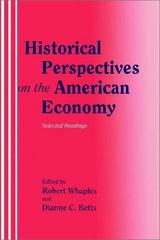Question
1. In economics, the short run is a period of time a) of one year or less. b) in which all inputs are variable. c)
1. In economics, the short run is a period of time
a) of one year or less.
b) in which all inputs are variable.
c) in which all inputs are fixed.
d) in which the quantity of at least one input is fixed and the quantities of the other inputs can be varied.
2. Which of the following is NOT an example of explicit cost?
a) Salaries paid to workers to work as cashiers.
b) Payment to purchase a machine to bake breads.
c) Salary foregone when someone quits his/her current job to open his/her own business.
d) Payment to purchase a piece of land to build houses for sale.
3. A perfectly competitive firm is in equilibrium where marginal cost is equal to marginal revenue because:
a) this is where the optimum factor combination occurs.
b) it is not possible to expand production in the short run.
c) at this point average cost is always at its lowest.
d) no other quantity yields higher profits.
4. Which one of the following is not an important difference between the labour market and the goods market?
a) Labour services are not transferable from one person to another.
b) Labour is always rented rather than sold.
c) Labour is embodied in people and is therefore homogeneous or standardised.
d) Labour is not traded at the best price on a daily basis.
5. Which one of the following statements about the goods and the labour market is not correct?
a) Households create the supply in the factor market.
b) Firms create the supply in the factor market.
c) Households create the demand in the goods market.
d) Firms create the demand in the factor market.
Step by Step Solution
There are 3 Steps involved in it
Step: 1

Get Instant Access to Expert-Tailored Solutions
See step-by-step solutions with expert insights and AI powered tools for academic success
Step: 2

Step: 3

Ace Your Homework with AI
Get the answers you need in no time with our AI-driven, step-by-step assistance
Get Started


